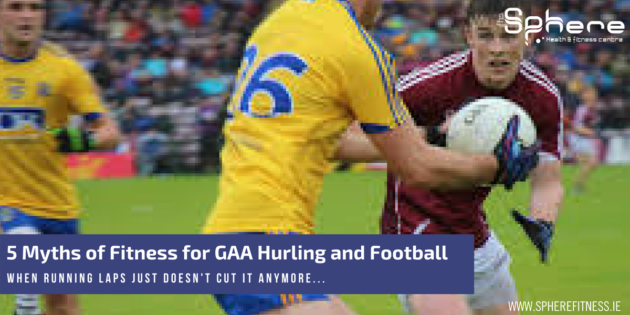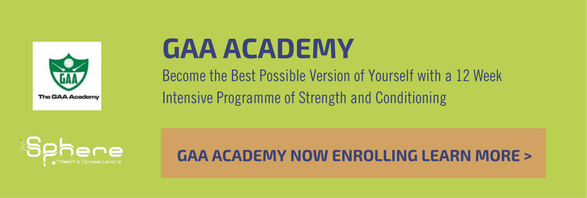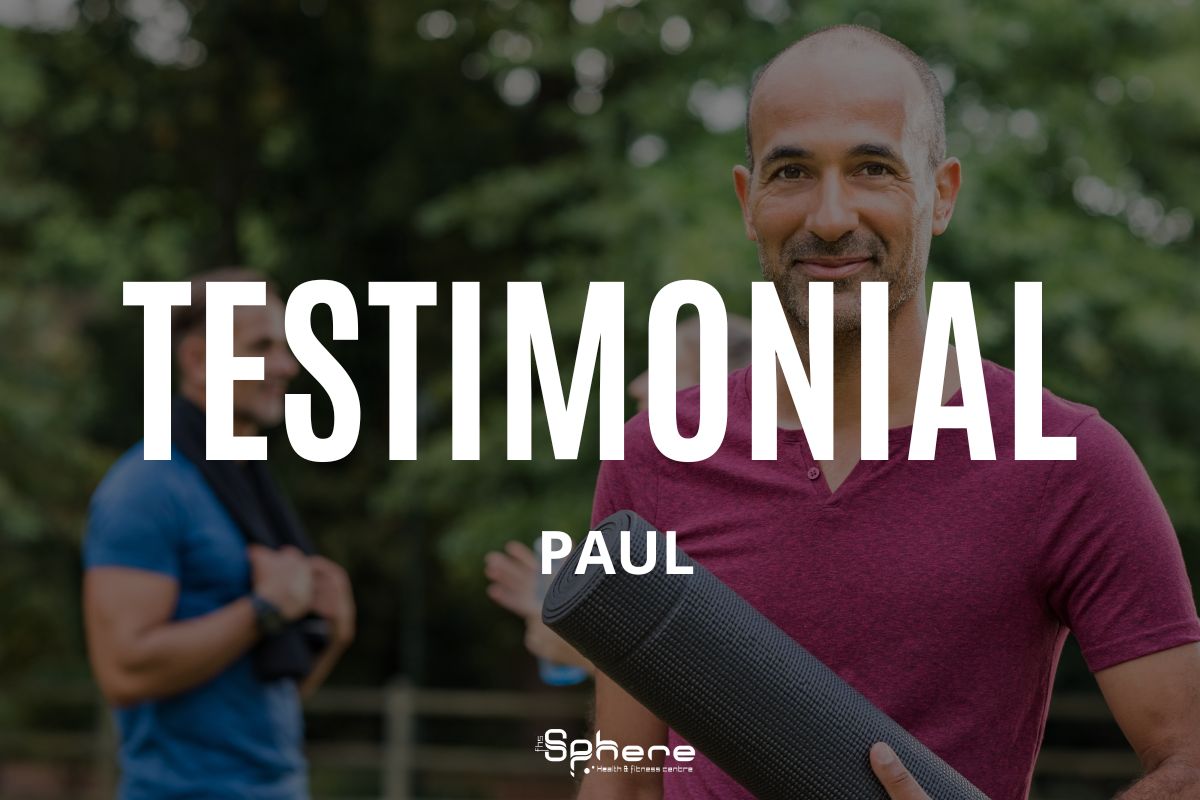When it comes to strength and conditioning for GAA it certainly has come a long way since the hey days of 100 lap warm up.
But there is still much to be done in attempting to improve the fitness and conditioning levels of GAA players. Some of this starts with busting some of the myths that perpetuate in these circles.
1. In GAA All you need is skill to be great
As an Englishman living in Ireland for the past 15 years and having 2 fully fledged Irish GAA obsessed children, I can safely say that the skill level of hurling and football is a sight to behold.
I am simply in awe of it.
There is plenty of weight in the standing that skill is all you need for this sport.
I mean to have any measurable level of success in it then you have to simply play the sport. But there comes a time when good is not enough. Not if you want to be great.
Put simply, two players both with great vision, timing, accuracy, skill expression and guile but one with better levels of physical and mental conditioning it is the strongest who shall survive (not to mention longer playing careers).
The Dublin footballers have demonstrated the dominance of the sport by not only producing great footballers but underpinning this with advanced levels of physical prep. They are athletes in their own right. It just so happens they are phenomenally good footballers too.
Physical preparation methods are needed in this sport to take you from good to great. And if good is enough then why not just be better?
2. Running laps – great for GAA fitness
I am not sure where this myth came from that running countless laps of the pitch was great for fitness.
A lap of the pitch for clearing the head at the start of the session maybe all it is worth for.
But in this case we are looking at achieving superior levels of conditioning for GAA players. To this end it simply doesn’t cut it and can lead, as a I have personally witness with inter county physiotherapists, to more injuries before the season has even kicked off!
We know from a few studies that have looked at AFL and personal observation of GPS mapping that GAA is a game played at different velocities ranging from low intensity jogs to flat out sprints.
When you combine that with the pressure of skill execution, it is key to get this right. Laps of the pitch only serve one purpose – get you better at laps of the pitch.
Conditioning in a nutshell has to be periodised or planned with a long term view in mind.
In the off-season I would use interval methods with low intensity jogs, interval methods and small sided games of a largely aerobic nature keeping the heart rate slightly above the aerobic zone.
After this a more specialized phase of conditioning would use tools such as Maximal Aerobic Sprints as pioneered by Dr. Dan Baker. Development of fast twitch fibre endurance would be drawn upon using methods such as Continuous High Intensity Interval methods before moving into our competitive phase using games and match time – of which there is no substitute.
Too much of one thing leads to poor adaptation and too much high intensity balls to the wall leads to central nervous system fatigue which is brutal for skill development (Churma, 1996) Planning is key.
3. Free weights make you big bulky and slow
When I ask new athletes coming into my program what it is they have done it is usually the standard response of 3 sets of 10 on the big exercises- squat, bench and bicep curls. That’s if they are doing any gym work….We are always looking for carry over from our training. And this wont cut it.
Free weights and any strength training method depend on you the individual, your weak links, starting points, emotional and physical intelligence, training age, physical preparedness, motivation and recovery ability.
Weights can be used but it depends on the above factors. If we have these all lined up then there is more than likely going to be a successful outcome. A sample in season program for an amateur player could be the following. In this we are looking at high intensity and low volume: –
A) Sumo Rack Deadlift 3 x 3 – working up to a heavy 3 rep record 20X0 tempo
paired with
A2) Hurdle Hops – Fast contact 3 x 6 – fast as possible
paired with
A3) Trap Bar Jumps off 8 inch blocks high handles x 3
Rest for 90-120 seconds
REST FOR 6-8 minutes then: –
B1) Front Squat 3 x 5 at 80% of 1RM – 40X0 tempo
Rest 120s
C) Clap Hand Push Up 6 x 3 – Explosive
Thats it.
Strength training can take a whole manner of forms too. Are you training for strength or power? Endurance or speed? These are just a few outcomes. And then there is the planning side of things so that when you train FOR something it has some carry over into what your outcome is on the pitch. Far from making you big bulky and slow, using weights is a tool that can benefit you in so many ways.
4. All I need is a ham sandwich and packet of crisps to fuel my GAA match
Ever wondered why some players just always spend their days on the sideline injured? Or struggle to finish a season off? Or never just quite cut it when it comes to making that next level? Blow out in the last 1/4 of every match? Well the days of turning up fueled by a service station bottle of lucozade and a packet of Tayto crisps are long gone. Healthy athletes are more resilient, have more endurance, burn out less and are just, in general, more useful.
We now know that nutrition, recovery and lifestyle factors have such a huge part to play in success training and playing outcomes that it can’t be ignored. Even dental hygiene has been implicated! Sleep, stress are all things that can and should be managed should you wish to perform at your best and simply paying attention and applying the basics will work for you.
5. Modern methods have no place in our team! What works then, will work now
I call this burying your head in the sand. There is such a wealth of information out there that ignoring it is doing your team and players and disservice.
Then there is the problem of not applying it. When I speak to teams I understand that some will be lost in translation and some will be set in their ways.
But if you take one thing and implement it things are moving forward. If you combine this amongst the entire team then significant steps have been taken! There is always a place for better and up-to-date methods. Ignorance is not bliss!
Conclusion
GAA has come a long way but there is still more to be done and as more methods come to light approach things with an open mind and a common sense approach to application with amateur athletes.
John Lark is a Physical Preparation Coach based in Maynooth, Co.Kildare Ireland, owner and founder of Sphere Fitness. A former junior International rugby player, John specializes in the preparation of GAA and Rugby athletes. You can visit his website here to find out more about the GAA Academy based at Sphere Fitness








